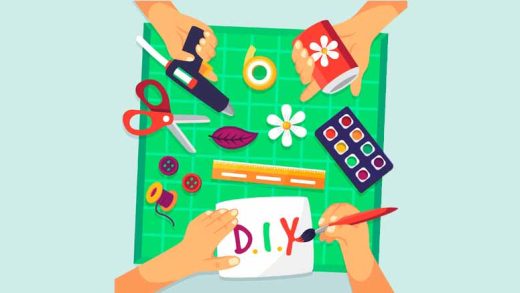Kids Playing in the mud may seem like a thing of the past in a world where screens and organised activities are taking over. Still, there are a lot of developmental advantages that come with getting your hands dirty for kids. Mud play is enjoyable and an essential aspect of childhood since it allows for sensory exploration and creative development. This blog will discuss the benefits of mud play, answer any safety concerns, and look at a range of mud play activities that can improve kids’ lives.
Why is Mud Play Important?
Let us understand the best reasons why is mud play important:
- Sensory Stimulation: The sensory richness of mud play is one of its most significant advantages. Children benefit significantly from the tactile sensation of squishing mud between their fingers, the earthy scent, and the coolness of the material against their skin. Their neurological growth depends on this stimulus, improving their general sensory processing skills and helping wire their brains for learning.
- Physical Development: Children must utilise their bodies in various ways when participating in mud play activities. They strengthen their muscles, hone their fine motor abilities, and improve hand-eye coordination while digging, sculpting, and splashing. Mud pits’ uneven ground tests their proprioception and balance, which enhances their physical skills even more.
- Creativity & Imagination: Children’s imaginations may run wild with mud. They can shape it into whatever they can imagine, be it a cake, a castle, or a monster. Mud play’s adaptable structure encourages creativity, problem-solving abilities, and diverse thinking—qualities necessary for success in a constantly changing world.
- Relationship with Nature: Playing in the mud provides a crucial way for kids to interact with nature at a time when many of them spend more time indoors than outside. It lets kids experience the earth up close and personal, taking in its scents, textures, and creatures. Children learn to love and care for the land via this connection, which fosters environmental stewardship and inspires awe and respect for nature.
- Emotional Well-Being: Getting sloppy and letting go of inhibitions has a naturally healing effect. Children may safely and constructively release their pent-up energy, tension, and frustration via mud play. Mud’s sensory qualities can relax, assist in regulating emotions and encourage rest.
Is it Safe to Play in Mud?
Although allowing kids to play in the mud may cause parents to worry about their child’s hygiene and safety, mud play can be completely safe if specific, easy safety measures are taken. Whether it is safe to play in mud depends on various factors, such as the source of the mud, environmental conditions, and personal health considerations. Let’s find out is it safe to play in mud:
- Choose mud play locations that are devoid of impurities, such as chemicals or animal faeces. Natural mud pits are the best kind, especially in parks or special play places with fewer health hazards.
- Encourage kids to dress appropriately by encouraging them to wear old, durable shoes and clothes. They can lessen the chance of scrapes and irritation to their skin by wearing rain boots, long sleeves, and pants.
- Ensure kids thoroughly wash their hands with soap and water after engaging in mud play. Before going inside, a brief hose rinse can also help remove extra muck from their body.
- Be mindful of any indications of allergic responses, particularly in youngsters who may be allergic to certain plants or materials that are frequently present in dirt.
- Ensure kids have received all recommended immunisations, especially those that guard against diseases that can be contracted via dirt, such as tetanus.
- Mud play may be a safe and enjoyable activity for kids if certain safety measures are followed, enabling them to enjoy all of its advantages without endangering their health.
Mud Play Activities
After discussing the value and safety of mud play, let’s look at some fun mud play activities you can do:
- Establish an outdoor kitchen complete with utensils, pots, pans, and plenty of mud. Youngsters can let their inner chefs loose and make all the soups, mud pies, and potions they want.
- Give them some shovels, buckets, and moulds so they may use the mud to create three-dimensional sculptures. Encourage them to construct sculptures that are either imaginary or influenced by nature.
- To make mud that has the consistency of paint, mix it with water. Kids can paint on objects like rocks, trees, or even paper with brushes or their hands. Their artwork has a distinct look because of the earthy tones of the mud paint.
- Using natural items like rocks, logs, and branches, create a difficult obstacle course with mud pits strewn throughout. Kids can make their way through the course, trying their balance and agility while becoming pleasantly dirty.
- Stuff tiny toys, seashells, or gemstones into a big mud container and conceal a variety of delights inside. Kids can use their senses to engage in imaginative play and dig, sort, and uncover the sensory treasures concealed in the mud.
Mud play provides a welcome alternative to a culture that values neatness and orderliness by allowing kids to embrace messiness, spontaneity, and unrestrained play. Mud play has several advantages, from improving creativity and fostering a connection with nature to providing sensory stimulation.
At Kangaroo Kids, we provide kids the tools they need to learn, develop, and flourish physically and mentally by giving them the chance to play in the mud in secure, watched settings. Let’s embrace the fun of getting dirty and let our kids experience the wonders of mud play.









